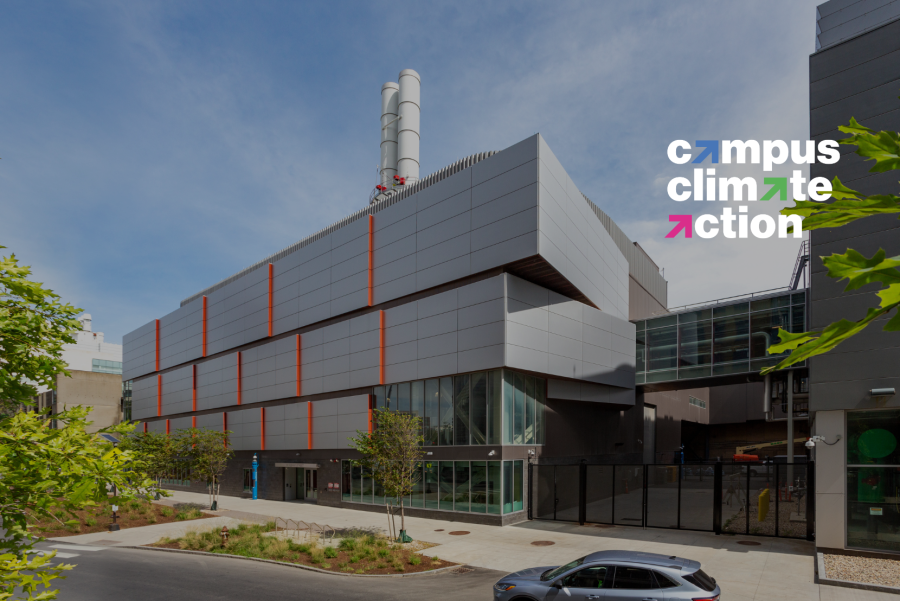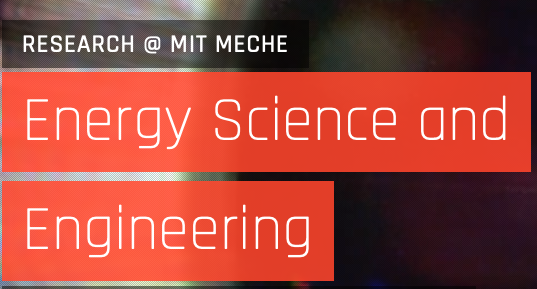
Energy

MIT is leveraging its broad expertise in energy-related research, education, and operational practice to create a more sustainable, energy efficient, and high-performing campus, continuing and improving upon a long tradition of energy efficiency.
Campus Energy Evolution

How is MIT prioritizing energy efficiency and renewable energy across project areas?
- Energy efficiency retrofits are one of MIT’s strategies to reduce campus energy demands and resulting emissions, and reach campus energy goals. The retrofits have touched multiple buildings on campus, targeting some of MIT’s top energy users.
- Since 2010, MIT has been engaged in a partnership agreement with utility company Eversource establishing the Efficiency Forward program, empowering MIT to invest in more than 300 energy conservation projects to date and lowering energy consumption on campus for a total calculated savings of approximately 70 million kilowatt hours and 4.2 million therms.
- MIT added four new campus solar panel installations in 2024, growing MIT’s renewable energy generation by more than 400 percent, a goal outlined in MIT’s Fast Forward climate action plan. The installations on multiple major campus buildings—The Stratton Student Center (W20), the Dewey Library building (E53), New Vassar (W46), and the Theater Arts building (W97)—added more than 500 kilowatts of installed solar capacity to campus. In addition to existing solar installations at MIT, the total output will be 650kw, annually, equivalent to power electricity use of 35 homes each year. The solar installations are an important facet of MIT’s approach to eliminating all direct campus emissions by 2050.
- Since 2015, a 10kW wind turbine has been running at the MIT Bates Research and Engineering Center. This 60-foot tower produces 5,600 to 7,750 kWh of energy each year.
- The revitalized Central Utilities Plant (CUP) is a distributed energy resource (DER) that powers the campus microgrid with thermal and electric energy. The upgraded plant uses advanced cogeneration technology to meet campus energy needs at greater efficiency and lower carbon intensity (on average 15 to 25 percent cleaner) compared to the regional electricity grid.
- Energy from the CUP is delivered to campus buildings through MIT’s district energy system, a network of underground pipes and power lines providing electricity, heating, and air conditioning. With this adaptable system, MIT can introduce new technologies as they become available to increase the system’s energy efficiency.
- In 2016, MIT announced the formation of an innovative alliance to purchase electricity from a large new solar power installation as part of a 25-year power purchase agreement (PPA). The expected 146 gigawatt-hours of emissions-free power per year will eliminate approximately 119,500 metric tons of carbon dioxide emissions — the equivalent of removing 25,250 cars from the road.
- In 2024, announced a co-led effort to enable the development of two new large-scale renewable energy projects in regions with carbon-intensive electrical grids: Big Elm Solar in Bell County, Texas, came online this year, and the Bowman Wind Project in Bowman County, North Dakota, is expected to be operational in 2026. Together, they will add a combined 408 megawatts of new renewable energy capacity to the power grid.
- MIT continues to gather a preliminary picture of MIT’s Scope 3, or indirect, greenhouse gas (GHG) emissions in order to inform MIT’s total GHG emissions activities and explore where strategic opportunities may exist to reduce emissions.
Initiatives
MITOS is part of a community of departments, labs, and centers working toward elements of a sustainable campus. Partner initiatives include:






